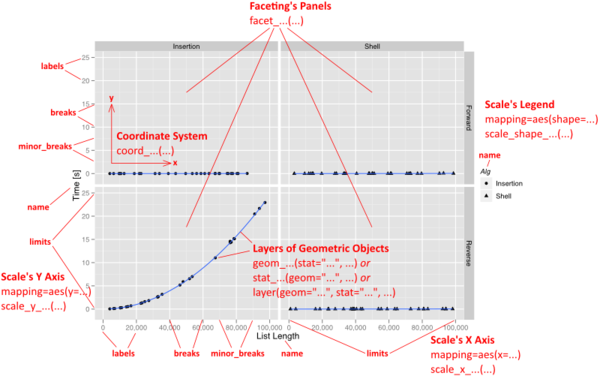- Oct 14 – Intro to Reproducible Research
- Oct 21 – RR Basic Skills (1): Data Manipulation
- Oct 28 – Intro to Latent Class and Latent Transition Models
- Nov 4 – RR Basic Skills (2): Graph Production
- Nov 11
- Nov 18 – RR Basic Skills (3): Statistical Modeling
- Nov 25 – RR Basic Skills (4): Dynamic Reporting
- Dec 2 – Migrating into R from other Statistical Software
p <- ggplot2::ggplot(dsM,aes(x=year,y=attend))
p <- p + geom_line()
p <- p + geom_point()
p <- p + plotTheme
p <- p + scale_x_continuous(limits=c(2000,2011),
breaks=c(2000:2011),
"Year of observation")
p <- p + scale_y_continuous(limits=c(1,8),
breaks=seq(1,8, by=1),
"Church attendance")
p <- p + ggtitle(
"How frequently did you attend worship last year?")
p
Next: learning the lingo
Note: alternatives, cheatsheet
